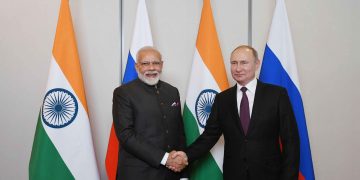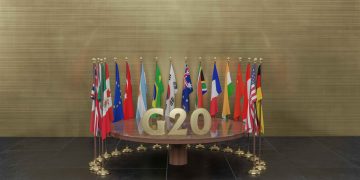In October alone, four nations expressed interest in joining BRICS, highlighting the bloc’s increasing appeal. As noted by the Russian president, a total of 34 countries are keen on becoming part of the organization in some capacity. This overview examines BRICS’s composition and its economic and demographic indicators, utilizing the latest data from the UN, World Bank, and BRICS itself.
Established in 2006, BRICS has progressively expanded its membership. Initially consisting of Brazil, Russia, India, and China, the group welcomed South Africa in 2010, officially becoming BRICS. By 2024, five additional members—Egypt, Ethiopia, Iran, Saudi Arabia*, and the UAE—joined, bringing the total to ten countries, including three from Africa.
The collective economies of BRICS account for nearly one-third of the global GDP, reflecting the bloc’s escalating economic significance on the world stage. Moreover, these countries represent over 45% of the global population, positioning BRICS as one of the largest economic and demographic entities worldwide.





















